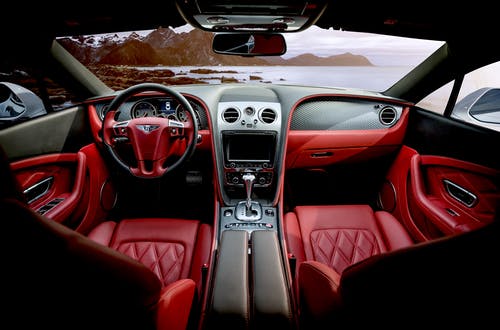The advent of heated vests, powered by rechargeable batteries, represents a paradigm shift in our relationship with warmth during the colder seasons. These innovative garments, seamlessly blending modern technology with wearable fashion, stand as a testament to our evolving approach to staying warm in wintry climates. Beyond merely offering a layer of comfort, these vests have become a symbol of functional style, redefining the very essence of how individuals combat the chill.
The integration of rechargeable battery systems within these vests signifies a departure from traditional methods of generating warmth. It’s not merely about donning an extra layer; it’s about embracing a personalized, tech-driven solution that caters to individual comfort while redefining our reliance on conventional heating mechanisms. This transformation is not confined to practical utility but has seeped into the realms of sustainability and style, shaping a new narrative in the way we perceive and interact with the winter cold.
These vests, with their subtle yet impactful incorporation of rechargeable batteries, go beyond being just garments; they represent a shift in mindset, a reimagining of how we harness technology to complement our daily lives. The emergence of wearable technology in the form of heated vests has transcended the boundaries of typical winter wear, presenting an amalgamation of comfort, innovation, and eco-consciousness that resonates with a contemporary lifestyle seeking efficiency without compromising on style. For more information, click here.
Redefining Cold Weather Heat
- Decreased Reliance on Conventional Heating Sources: Men’s heated vests have ushered in a significant decrease in reliance on traditional heating sources. With the ability to provide localized warmth directly to the body, these vests have reduced the necessity for cranking up thermostats or relying on centralized heating systems in various settings. Consequently, this diminished reliance on traditional heating methods contributes to energy conservation and decreased overall heating costs.
- Enhanced Personalized Heat Control: The personalized nature of heated vests empowers individuals to regulate their body temperature efficiently. Instead of warming entire spaces, these vests offer targeted warmth, allowing users to stay comfortable even in chilly conditions without elevating ambient temperatures. This localized heating minimizes energy wastage often associated with heating larger spaces, offering an eco-friendly alternative.
- Optimized Energy Efficiency: By supplementing or even replacing conventional heating methods in specific situations, heated vests contribute significantly to optimizing energy efficiency. Wearers can manage their comfort levels without affecting others’ preferences for warmth, effectively curbing unnecessary energy consumption and promoting a more sustainable approach to staying warm in colder environments.
- Supporting Green Initiatives: The reduced dependency on traditional heating systems aligns with broader sustainability initiatives. By minimizing the use of energy-intensive heating sources, heated vests contribute to environmental conservation efforts. This shift towards more energy-efficient personal heating methods represents a step forward in fostering a greener and more eco-conscious approach to staying warm.
In essence, the adoption of men’s heated vests with rechargeable battery systems serves as a transformative step towards minimizing reliance on traditional means of generating heat. Their localized, personalized warmth not only enhances comfort but also promotes energy conservation, aligning with broader sustainability goals and encouraging a more eco-friendly approach to maintaining warmth during colder seasons.
Conclusion
The integration of heated vests, driven by rechargeable batteries, marks a pivotal shift in how we manage warmth during colder periods. This innovation not only offers personalized and efficient heat but also reduces the dependence on traditional heating sources, paving the way for a more sustainable and eco-conscious approach to staying warm.Top of Form











